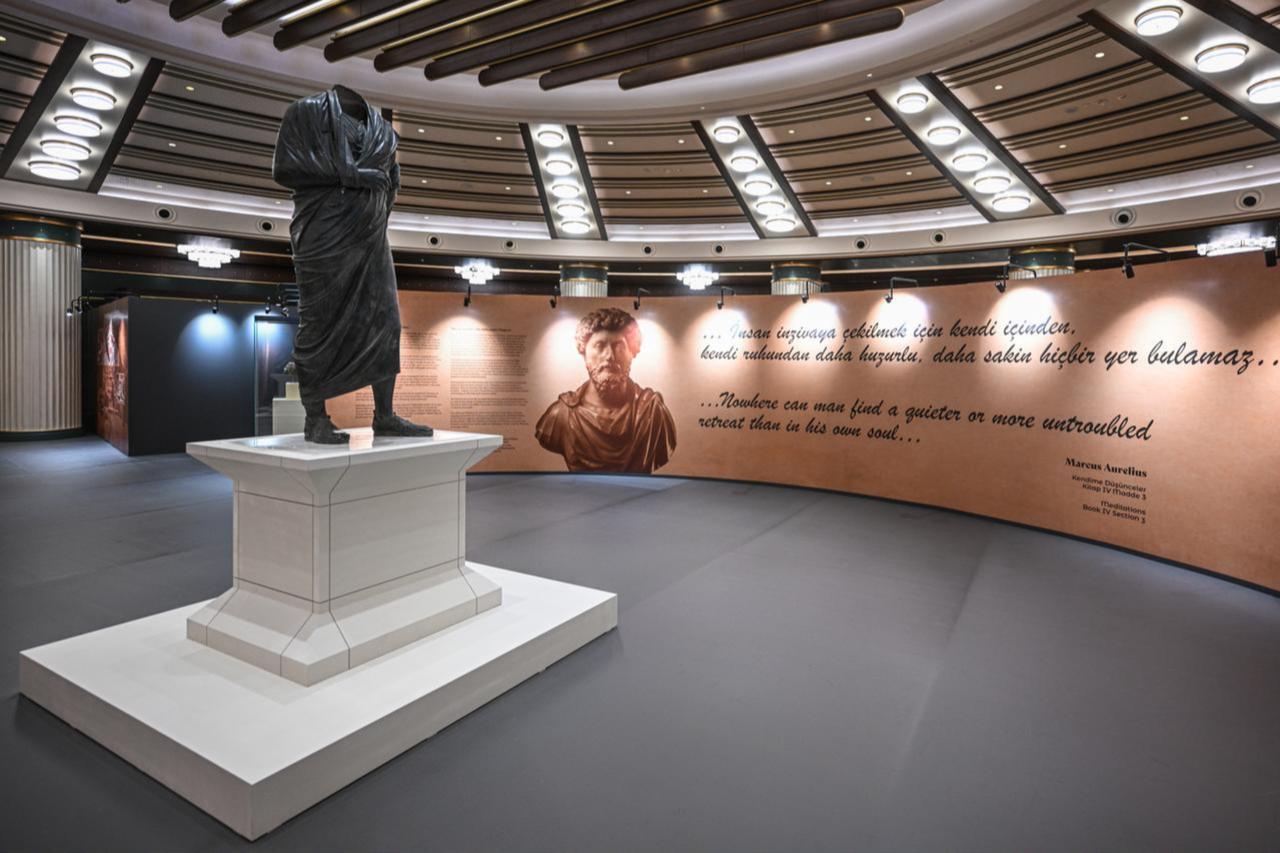
Culture and Tourism Minister Mehmet Nuri Ersoy presented his ministry’s 2026 budget at the Planning and Budget Committee of Parliament, outlining a period defined by strong tourism growth, expanding global visibility, and large-scale cultural heritage investments. He began his address by extending condolences for the 20 soldiers who died in a military plane crash near the Georgia–Azerbaijan border.
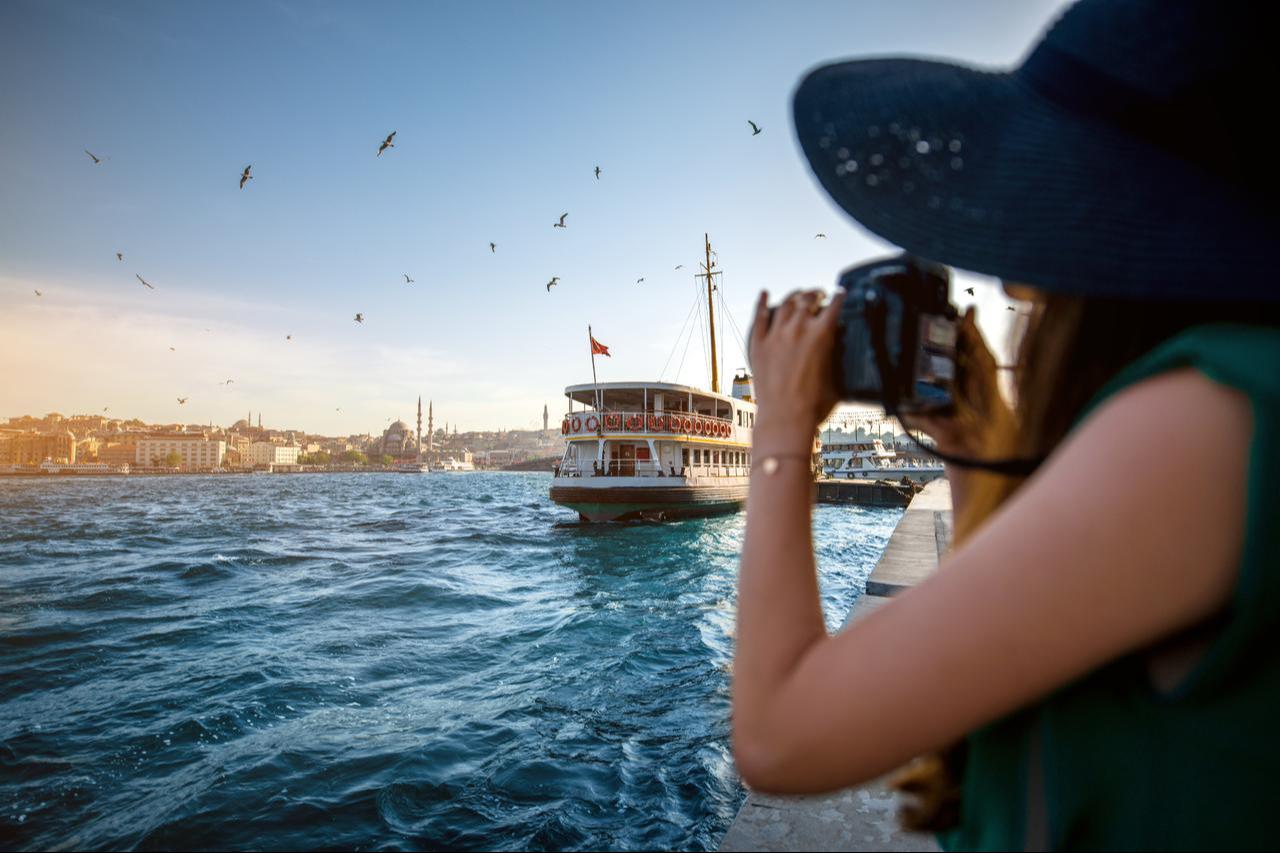
The minister stressed that Türkiye has strengthened its position as a major global tourism destination. During the January–September 2025 period, the country welcomed 50 million visitors, and tourism revenues reached $50 billion, marking the highest nine-month figure recorded to date.
He recalled that Türkiye rose from eighth place in global tourist arrivals in 2017 to fourth in 2024, while its global tourism revenue ranking climbed from 15th to seventh over the same period. This momentum, he said, brings the government closer to its year-end goal of $64 billion in tourism income.
Ersoy highlighted the country’s rapidly growing digital footprint. The ministry’s YouTube channel, with 5.28 million subscribers, maintains its lead among national tourism accounts, while the TikTok account ranks first with 4.8 million followers. Instagram stands in second place with 3.8 million followers.
He pointed out that Go Türkiye—the country’s official global promotion platform—now operates as one of the world’s most influential portals, with Istanbul- and Antalya-themed mini-series reaching 2.4 billion views. Türkiye has also begun showcasing its archaeological heritage abroad; the minister noted that the exhibition on Gobeklitepe held at the Colosseum in Rome drew 6 million visitors.
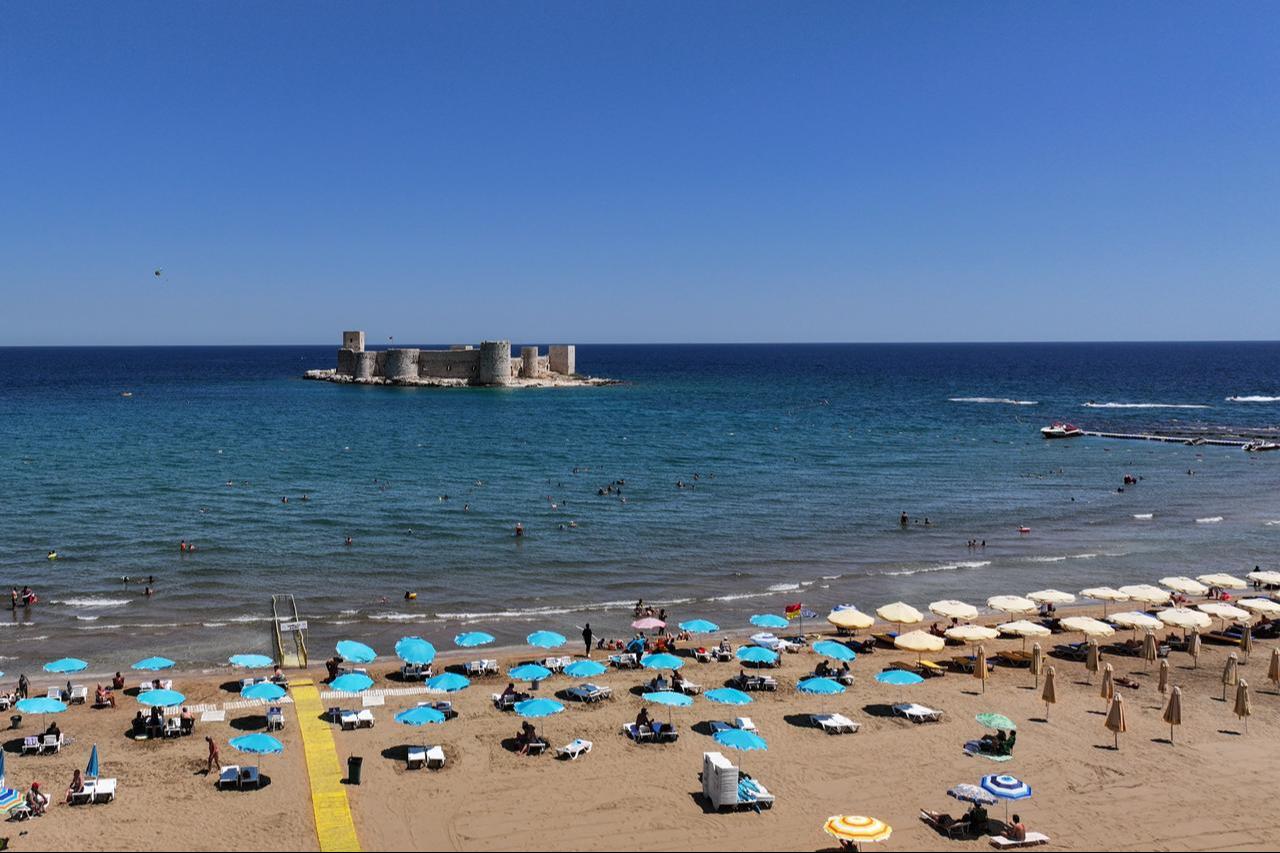
The minister said the government continues to develop high-quality public beaches with free access, a project launched in 2019 that now covers 19 different locations. Seven additional beaches are planned for next year.
He added that Türkiye ranks third globally in the number of Blue Flag beaches, an international certification awarded for clean and well-managed coastlines.
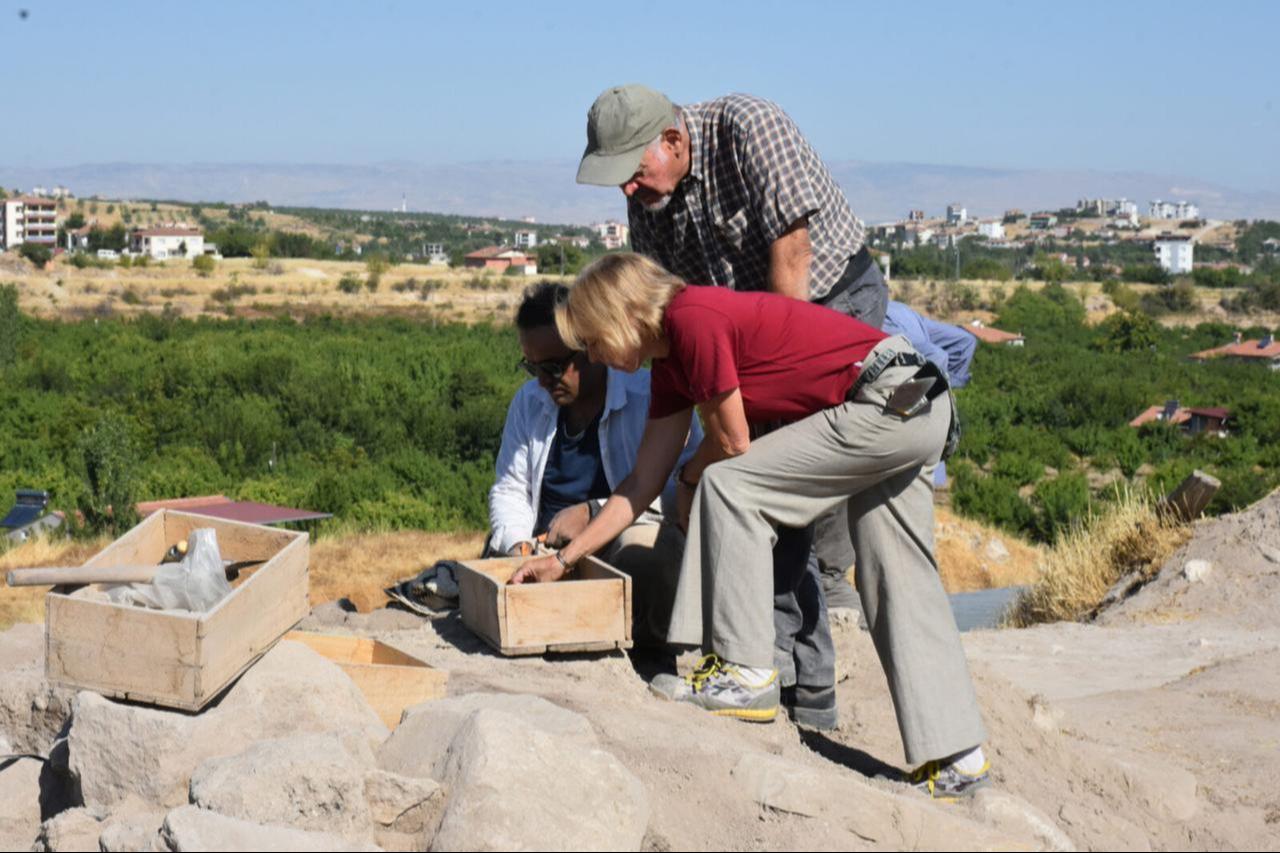
Ersoy described 2025 as a transformative year for archaeological work. By the end of the year, the total number of excavations and research projects will reach 780, while registered immovable cultural assets have risen to 129,506 and designated archaeological sites to 27,462. Türkiye now conducts excavations in 65 provinces across 255 sites.
He stated that 29 foreign-led excavations have been integrated into a 12-month program, each supervised by a Turkish coordinator. These steps, he said, reflect the ministry’s long-term approach to ensuring year-round research.
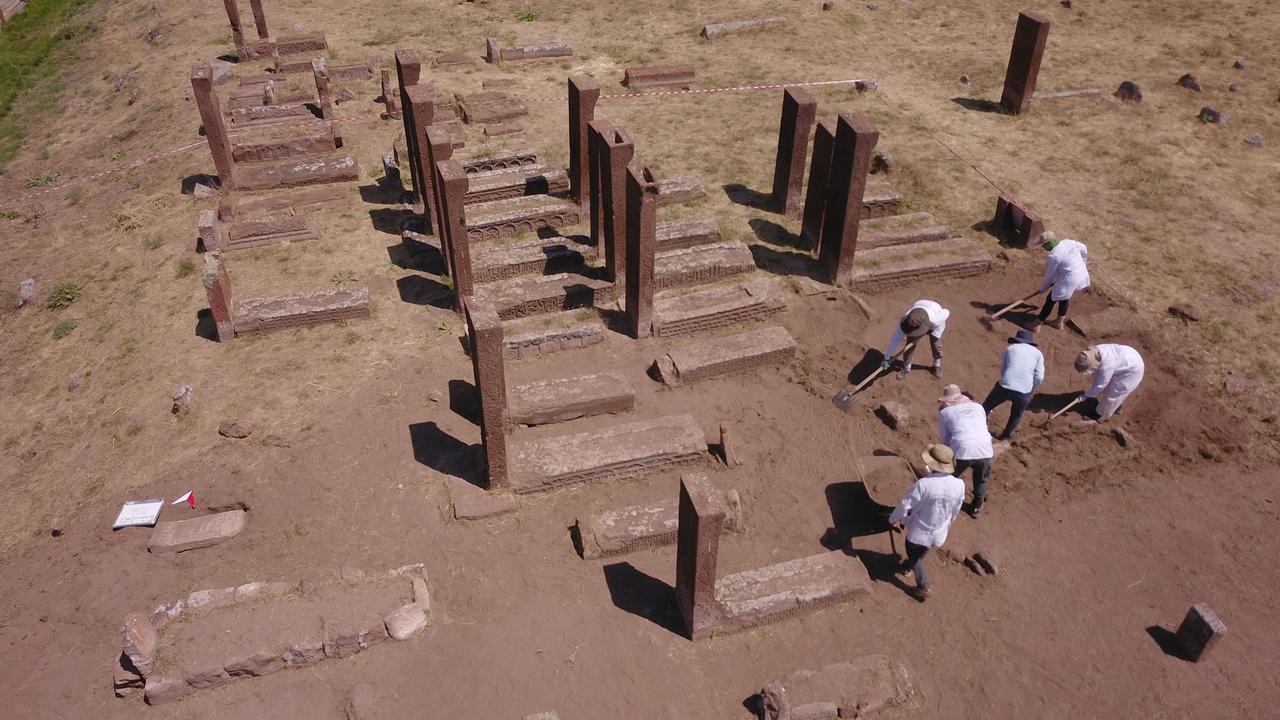
Under the “Heritage for the Future” program, the ministry completed visitor centers and landscaping works in 17 ancient cities and finalized environmental arrangements in eight additional locations. The Ahlat Seljuk Cemetery—known as the world’s largest Turkish-Islamic graveyard—opened its new visitor complex during a ceremony attended by the president in August.
Ersoy also referred to underwater archaeological efforts in the Kemer–Datca region, where excavations on an Ottoman naval vessel have already yielded important historical data.
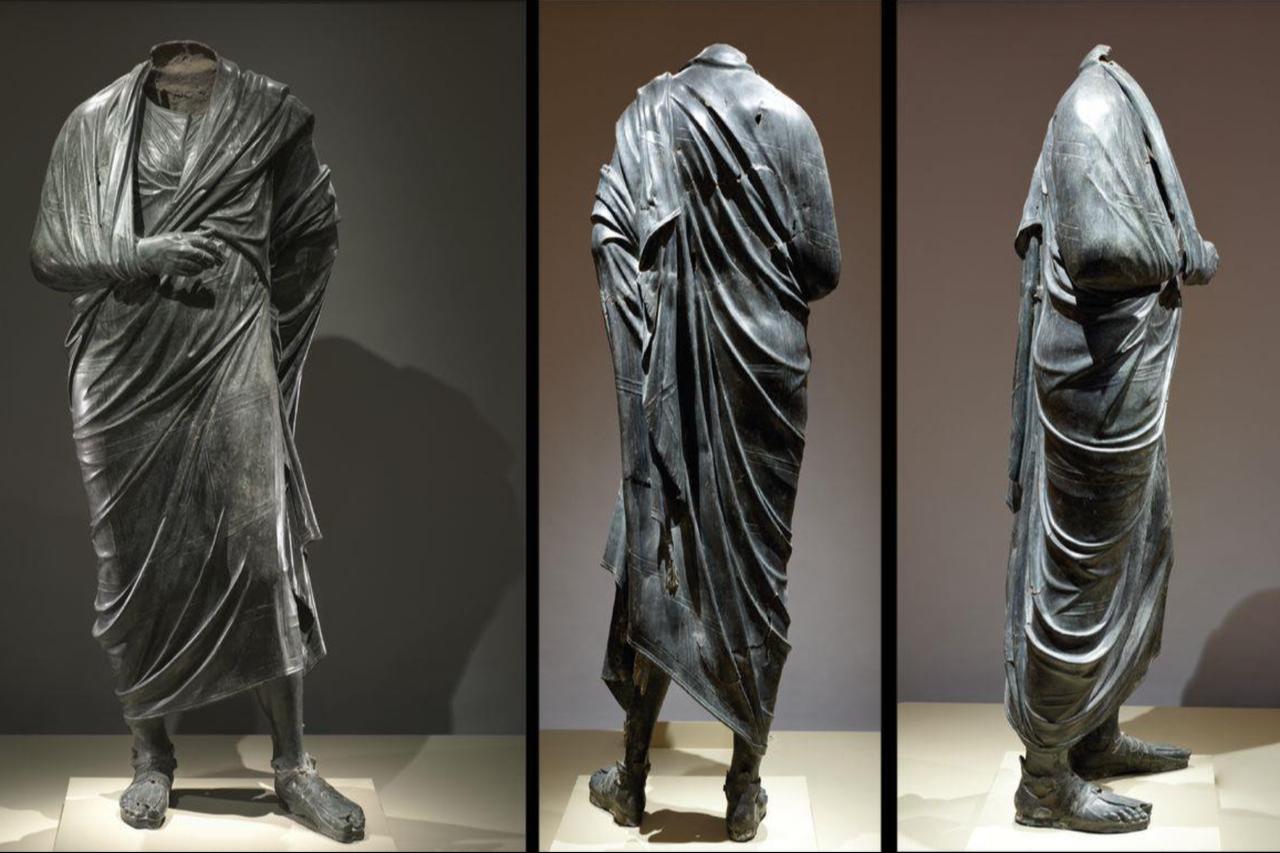
The minister recalled that more than 1,200 specialists and over 3,000 workers have taken part in archaeological projects during the first 10 months of 2025, producing more than 15,000 inventoried artefacts. Many of these pieces are now being prepared for publication.
At the National Library in Ankara, the exhibition “Birth of a Vision: Heritage for the Future—The Golden Age of Archaeology,” opened in August, displays 570 artefacts from 37 provinces, including 52 that had been smuggled abroad but later returned. Among the most significant pieces is the bronze statue of Marcus Aurelius from Boubon.
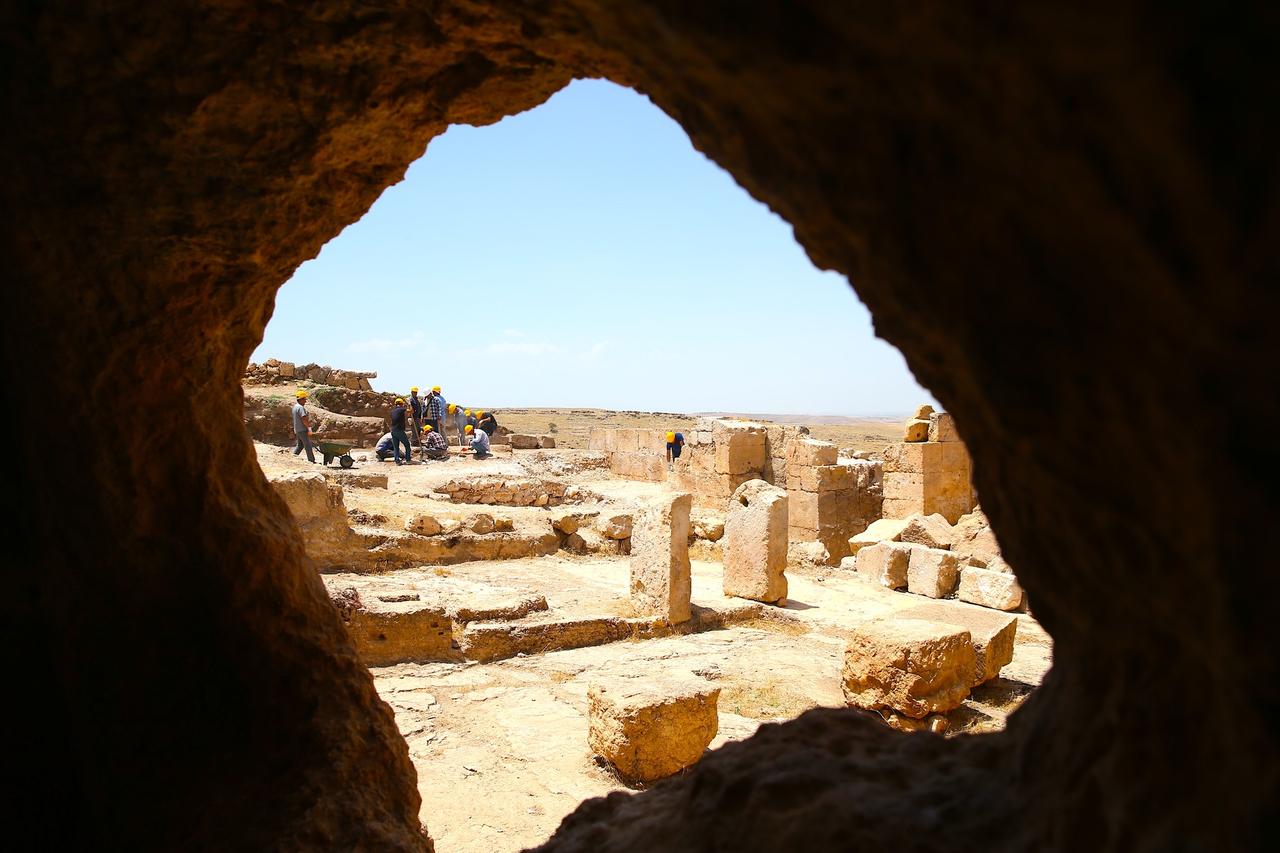
Ersoy said the national inventory project for Turkish-Islamic tombstones and inscriptions was completed in selected areas of Istanbul, Tokat, Diyarbakir, and Denizli in 2025 and will expand nationwide in 2026.
Türkiye now has 22 sites on the UNESCO World Heritage List. The nomination file for “Zerzevan Castle and Mithraeum,” added to the UNESCO Tentative List in 2020, has been submitted for evaluation in 2026. Another addition, “Ankara: Planning and Construction of a Modern Republican Capital,” brought the number of entries on the Tentative List to 79.
He also underlined that the Hagia Sophia Grand Mosque underwent its first-ever comprehensive preservation project in 2025, with protective efforts continuing.
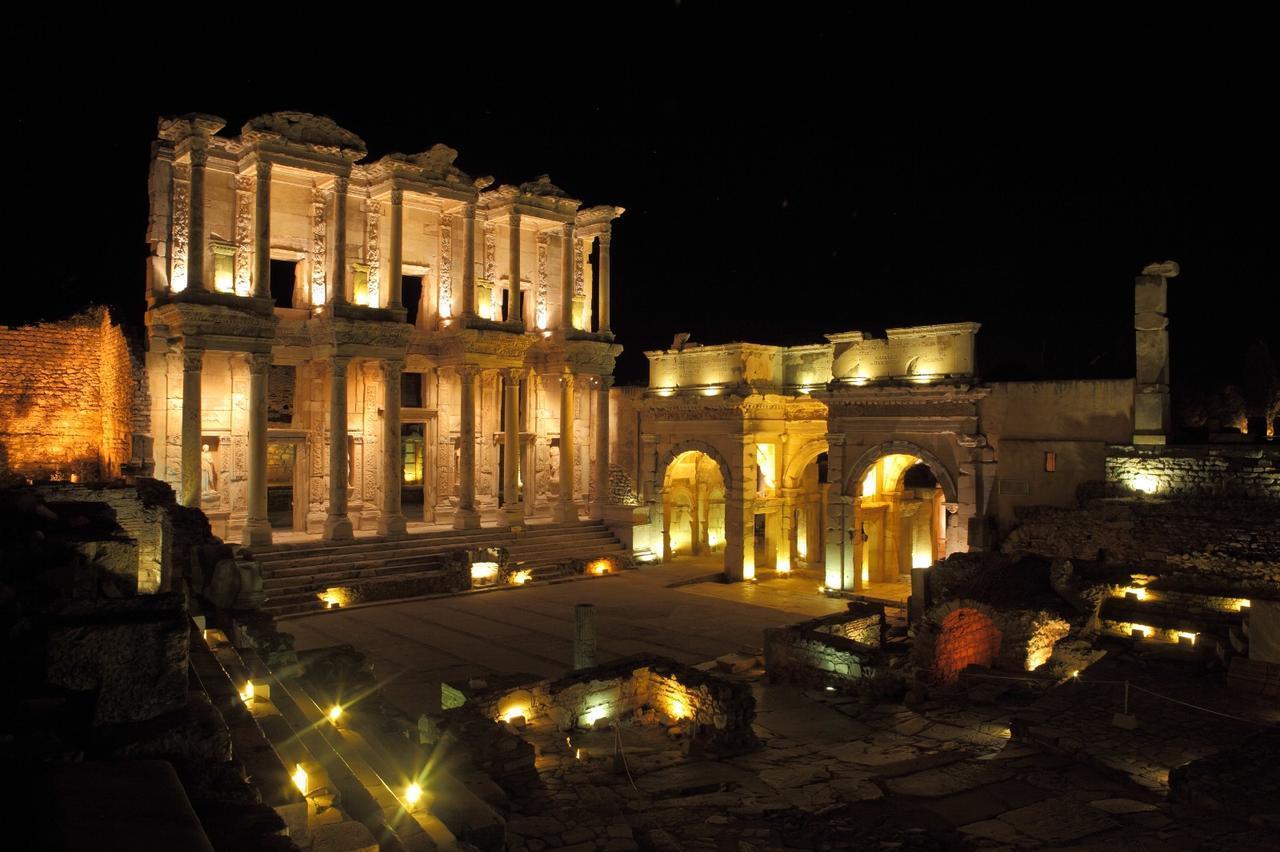
The ministry continues to expand its “Night Museum” program, which uses illuminated settings to allow late-evening visits to major archaeological sites and museums. From June to October 2025, 27 locations offered extended hours, attracting more than 550,000 visitors.
Ersoy added that the ministry completed 81 projects during the year—including 22 architectural undertakings and 59 new museum buildings—while 198 additional restoration and conservation projects are ongoing.
Restoration of historical structures in earthquake-hit Hatay continues, including work on the former Parliament building, gastronomy venues, and key areas along Kurtulus Street. The minister noted that the rebuilt Parliament building will soon operate as a permanent State Theatres venue.
He explained that in 2025, the ministry allocated ₺1.5 billion (approximately $35.4 million) to protect privately owned registered cultural properties in the disaster zone. The same amount is planned for 2026.
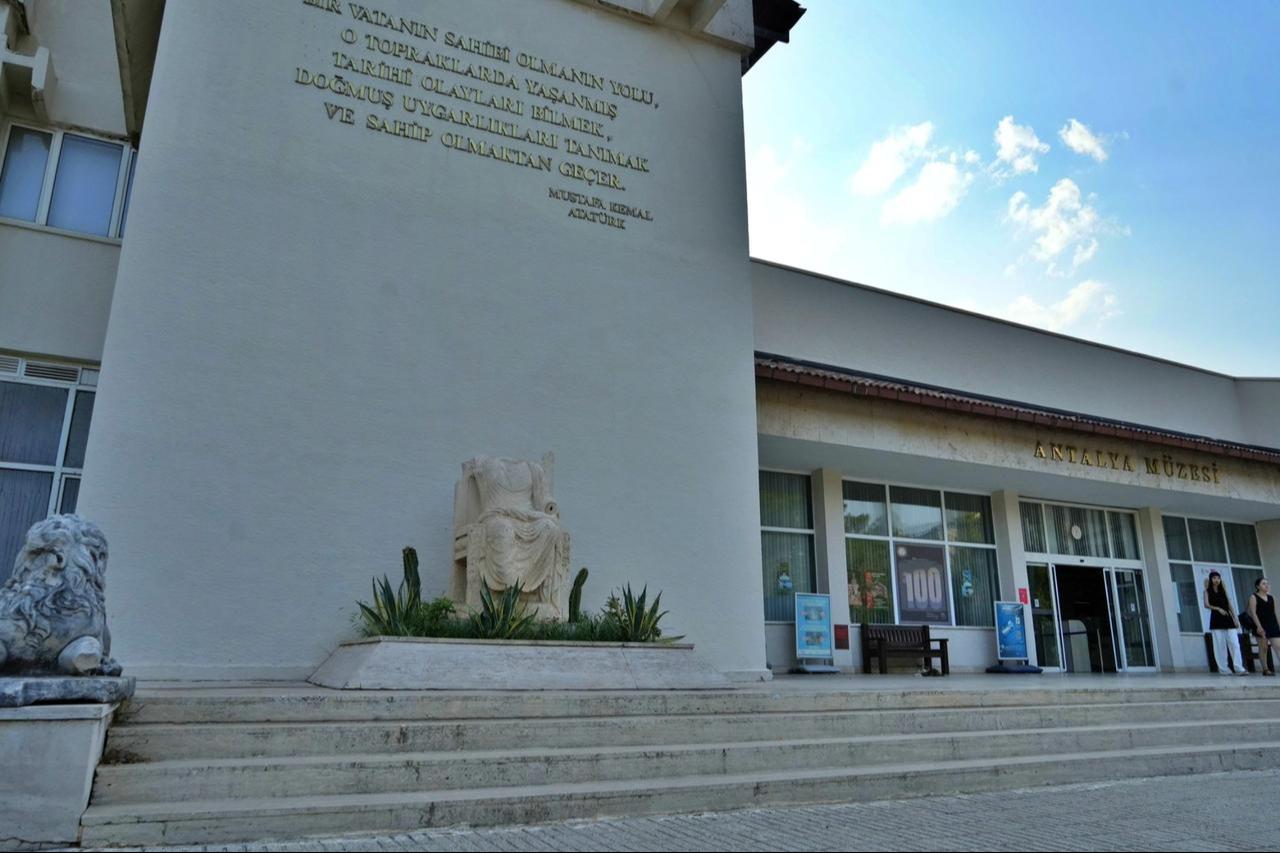
The ministry has begun converting Diyarbakir’s former E-Type Closed Prison into a cultural complex with a museum, theatre hall, conference spaces, workshops, a library, and open-air event areas. The site is expected to open in 2026.
In Antalya, the museum is undergoing a complete redesign to double its indoor exhibition space and significantly expand its outdoor areas. When completed in 2026, the museum will allow thousands of artefacts kept in storage to be displayed for the first time.
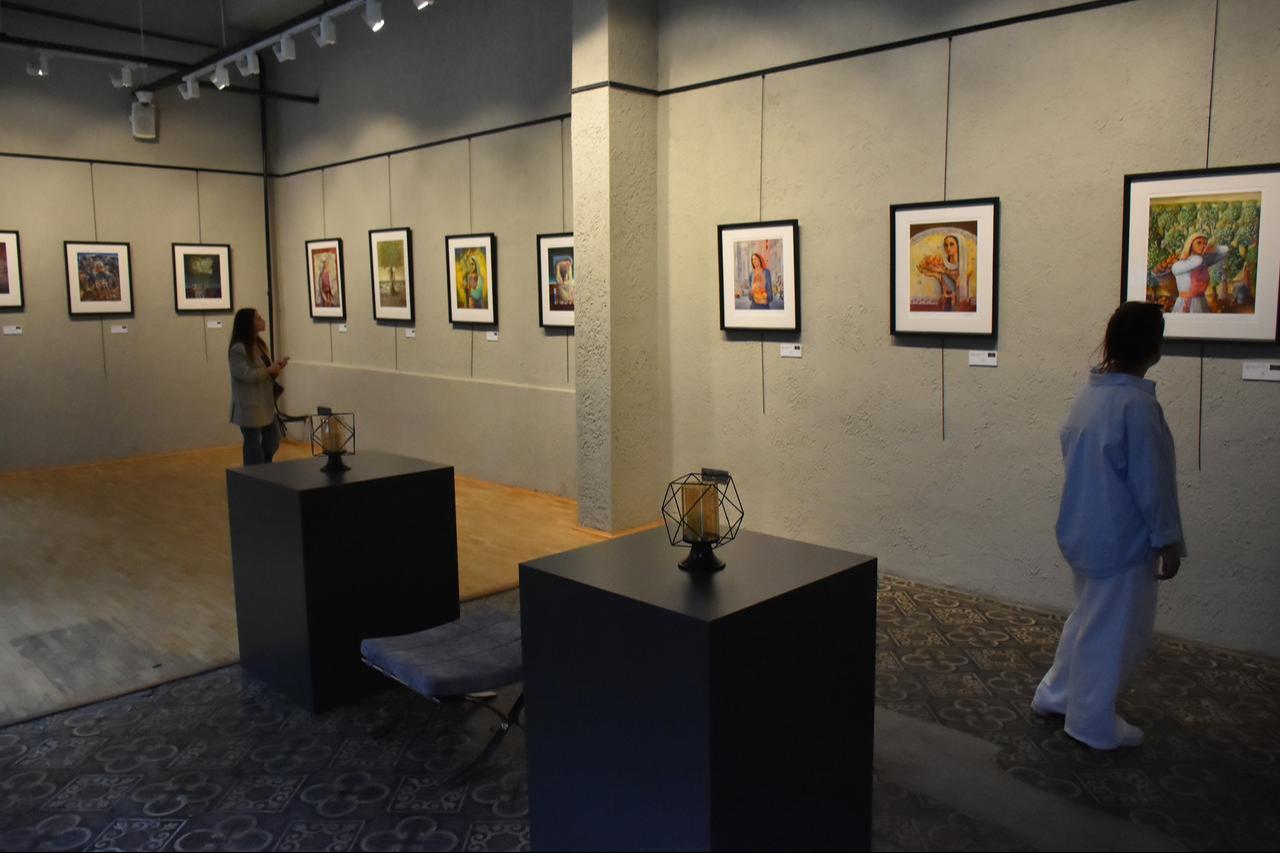
Ersoy said Türkiye now operates 217 state museums, 146 organized archaeological sites, and 448 private museums holding more than 285,000 artefacts. By the end of October 2025, nearly 29.7 million people had visited museums and heritage sites operated by the ministry.
He emphasized that the Türkiye Culture Route Festival—launched in 2021 with more than 2,000 artists—has grown into what he described as the world’s largest cultural festival. With Manisa, Kayseri, Mardin, and Malatya joining the program this year, the route now spans 20 cities.
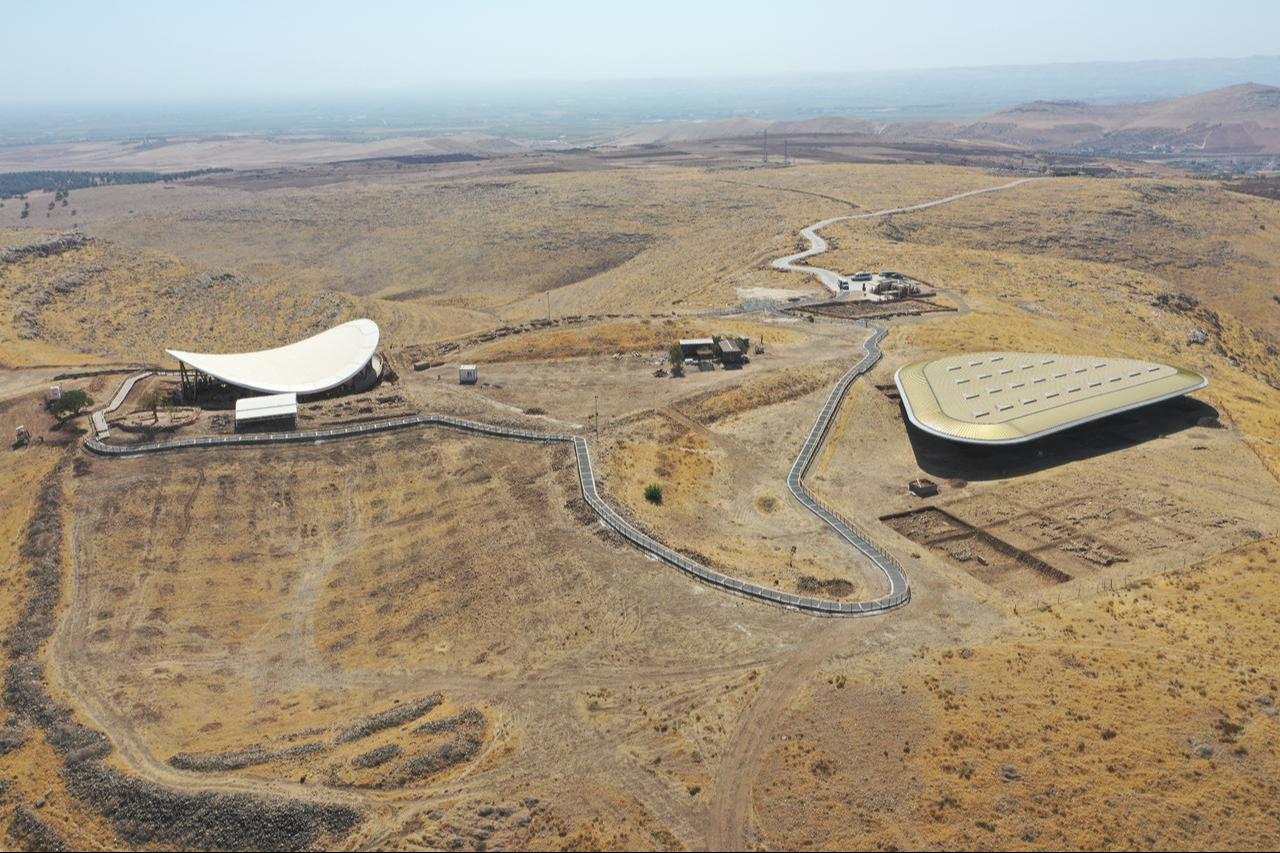
Ersoy noted that Türkiye has registered 352 cultural practices and traditions on its national inventory of Intangible Cultural Heritage. With 31 cultural elements recognized on UNESCO’s international lists, Türkiye ranks second worldwide among the convention’s member states.
One more cultural element is expected to be added by the end of 2025.